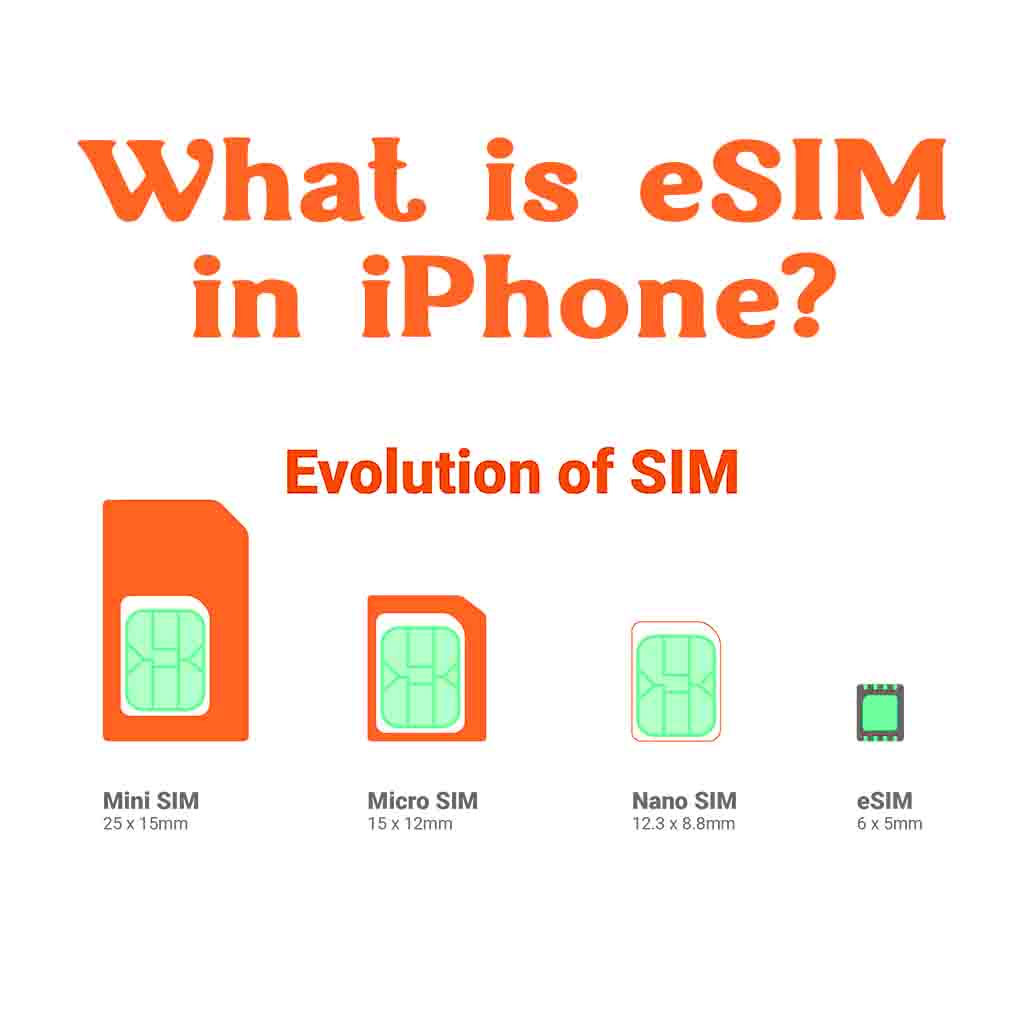
What is eSIM in iPhone?
Apple’s iPhone has been a game-changer in the world of mobile technology since its inception in 2007. With each new release, Apple has continued to innovate and push the boundaries of what is possible with a smartphone. One of the more recent additions to the iPhone’s feature set is the eSIM. But what exactly is an eSIM, and how does it work on an iPhone? Let’s take a closer look.
What is eSIM?
An eSIM, or embedded SIM, is a digital SIM card that is embedded within a mobile device. It doesn’t require a physical SIM card, which makes it ideal for devices that can’t accommodate a traditional SIM card, such as smartwatches, laptops, and tablets. Apple introduced eSIM technology with the release of the iPhone XS, XS Max, and XR in 2018.
How eSIM works?
The eSIM on an iPhone works similarly to a traditional SIM card, in that it identifies the user and connects them to a specific mobile network. However, instead of inserting a physical SIM card into the device, the eSIM profile is downloaded onto the device over-the-air. This makes it easy for users to switch between different carriers or plans without needing to physically swap out SIM cards.
Setting up an eSIM on an iPhone is relatively simple. First, you need to check if your carrier supports eSIM technology. Then, you can activate your eSIM by scanning a QR code provided by your carrier or entering the activation code manually. Once the eSIM is activated, you can set it as your primary line or use it as a secondary line.
Advantages of using eSIM
One of the key benefits of eSIMs on an iPhone is their ability to support multiple profiles on a single device. This means that a user could have both a personal and business profile on their phone, each with their own mobile plan and phone number. This makes it easier to separate work and personal life on a single device.
Another advantage of eSIMs on an iPhone is that they are more secure than traditional SIM cards. Physical SIM cards can be easily removed from a device and used in another device, making it easier for someone to steal your identity or access your data. With eSIMs, there is no physical SIM card to remove, making it much more difficult for someone to gain unauthorized access to your device.
Related Articles
Conclusion
eSIM technology is a welcome addition to the iPhone’s feature set. It offers greater flexibility, versatility, and security than traditional SIM cards. As more carriers begin to support eSIM technology, we can expect to see a significant shift away from physical SIM cards on the iPhone in the coming years.


